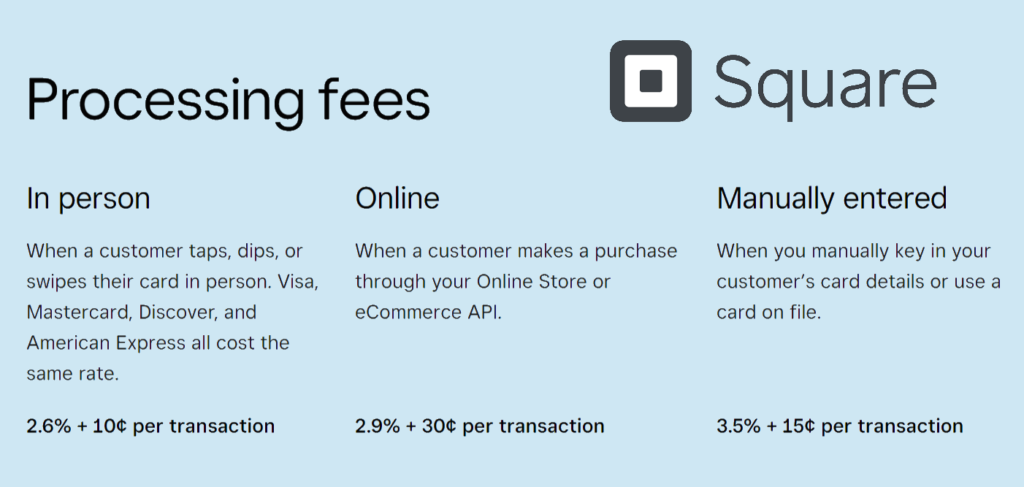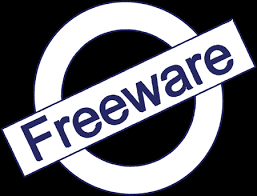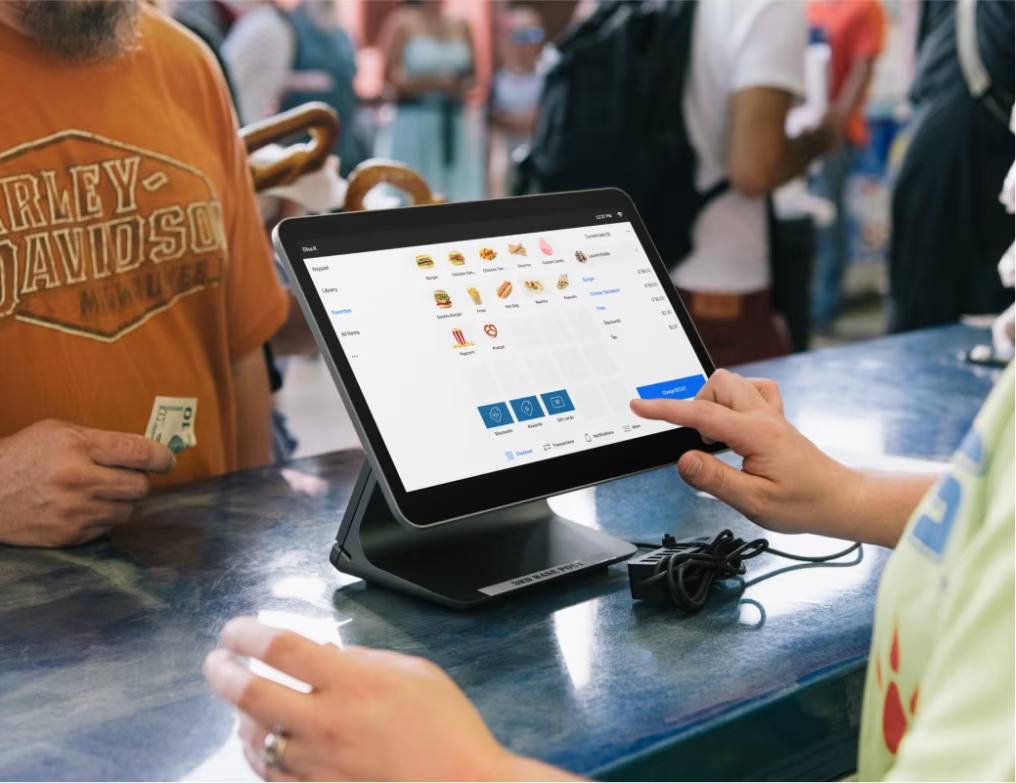Table of Contents – How Free POS Makes Money
Is Free POS Software Really Free?
There are several ways for a company offering a ‘free’ POS system to make money. Some of these are well understood and do not ‘cost’ you, but some offerings have enough hidden costs that a ‘free’ POS system can be more expensive than some of the lower cost high quality ‘paid’ POS systems. Be sure to understand the upcharges and costs of required or optional paid add on services or modeules before investing a lot of time in a ‘free’ POS system.
Payment Processing Fees
The most popular way that a ‘free’ POS system can make money is through credit card transaction fees. In fact, most free POS systems do not give you the option of bringing your own payment processor, and many require you use use a single processor from the software vendor. In these cases, the ‘free’ POS software companies also acts as your processor, which mean that they take a cut of the processing fees you pay for each transaction. Below are the processing fees for Square.

If the free POS software company does provide optons, that may still charge a ‘gateway’ or similar connection fee on top of the credit card processing fees charged by the outside process processor. In fact, LightSpeed POS charges retailers even if the retailer uses a terminal from a 3rd party on a standalone basis.
Referral Fees
Another way that a ‘free’ POS software company can make money is via earning a commission for referring your business to a particular credit card processor. In this case, the POS software company is not a payment processor – but partners with one or several credit card processors. If you purchase that POS company’s free POS system, the seller will refer you to one of their credit card processing partners. They typically earn money for referring you – either a one-time fee or a percentage of the profits generated by your account. This often occurs with referrals to payment processors, but could occur for a variety of products or services (integrations, insurance, payroll processing, etc.).
Upsale of Basic Free Version to Paid Versions of Software
Some POS companies offer a ‘free’ version of the software as well as a paid version. The free version will have a limited number of features or restrictions on transactions, proucts or customers. If you need more features or capabilities, you will need to pay for the upgraded version. For example, Lightspeed offers a free version, but the limits on number of products or number of transactions is so low that only a tiny business would be able to use the free version long term.
Paid Features that are Really Required Features
Some free POS software is missing a feature that is commonly used but only available in a free plan. An example is Loyverse and its employee management functions. The free version of Loyverse is missing basic employee functions such as employee time clock, scheduling and employee roles. If you are a typical business, you will quickly find yourself paying a monthly fee for the Loyverse employee add on features – as shown below:

Another example is the Square POS software. The basic POS software is free, but if you want advanced retail functions, you’ll need to upgrade to the Square for Retail version which contains more features for a monthly fee. Similarly, Toast offers a free Starter Kit which is targeted at single-location restaurants who need a single terminal and basic features. If you want more features, such as mobile ordering or scheduling, you will have to subscribe to the paid Basic version (or more expensive versions).
How Find the Lowest Cost POS
The imporant thing is to realize that there is really no ‘free’ software in the long run. The key is to figure out how the ‘free’ POS software company is making money, and then make sure that these hidden costs or inconviniences do not come at a greater cost as popular paid software oferings.


